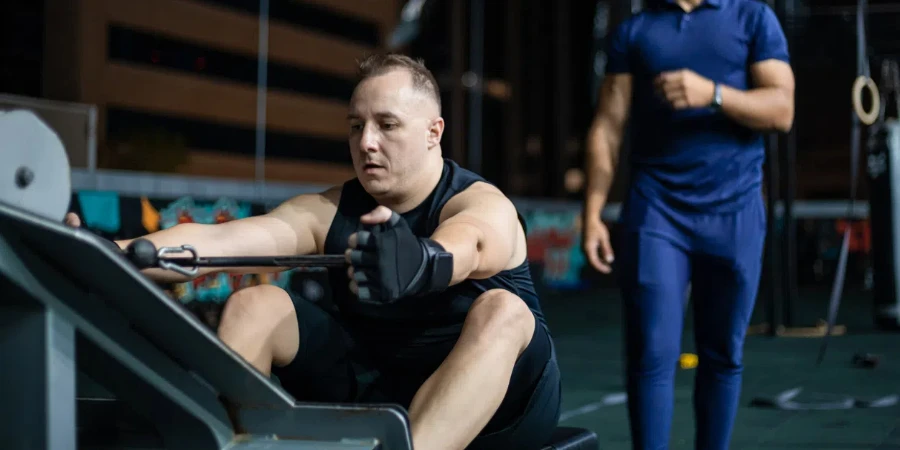The leg press machine, often a staple in gyms, offers a focused way to strengthen and tone the lower body, targeting the quadriceps, hamstrings, glutes, and calves. Understanding its benefits, safety tips, variations, and how it fits into a workout routine can significantly impact its effectiveness. This article delves into these critical aspects, providing a detailed exploration to help fitness enthusiasts make the most of this powerful equipment.
Table of Contents:
– Benefits of using a leg press machine
– How to safely use a leg press machine
– Different variations of the leg press
– Incorporating the leg press into your workout routine
– Comparing the leg press with other lower body exercises
Benefits of using a leg press machine
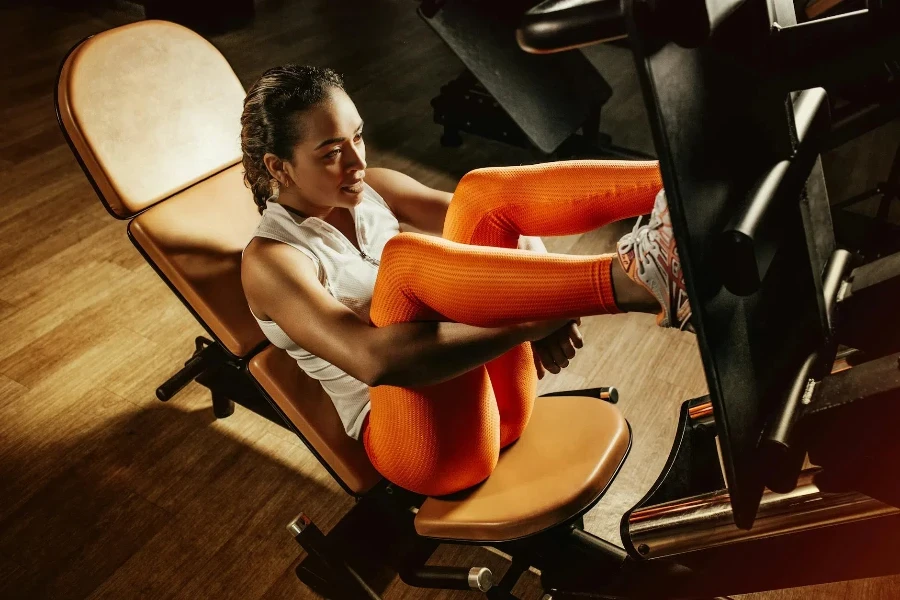
The leg press machine is not just another piece of equipment in your gym; it’s a pathway to achieving robust lower body strength. The controlled movement helps isolate leg muscles, allowing for targeted strengthening. This isolation is beneficial for both beginners and seasoned athletes, as it aids in muscle growth and development without the risk of injury from free weights. Moreover, the ability to adjust weights easily makes it an adaptable tool for various fitness levels.
Another significant advantage is the support it provides for your back. Unlike traditional squats, the leg press offers a seated position, reducing strain on the back and spine. This aspect is particularly crucial for individuals with previous injuries or those looking to prevent them. The machine’s design also ensures a consistent range of motion, promoting better posture and alignment during the exercise.
Lastly, the leg press can be a valuable asset for those looking to improve their performance in other sports. The strength gained from consistent use can translate into faster running speeds, higher jumps, and more powerful movements, underscoring its role in a well-rounded fitness regimen.
How to safely use a leg press machine
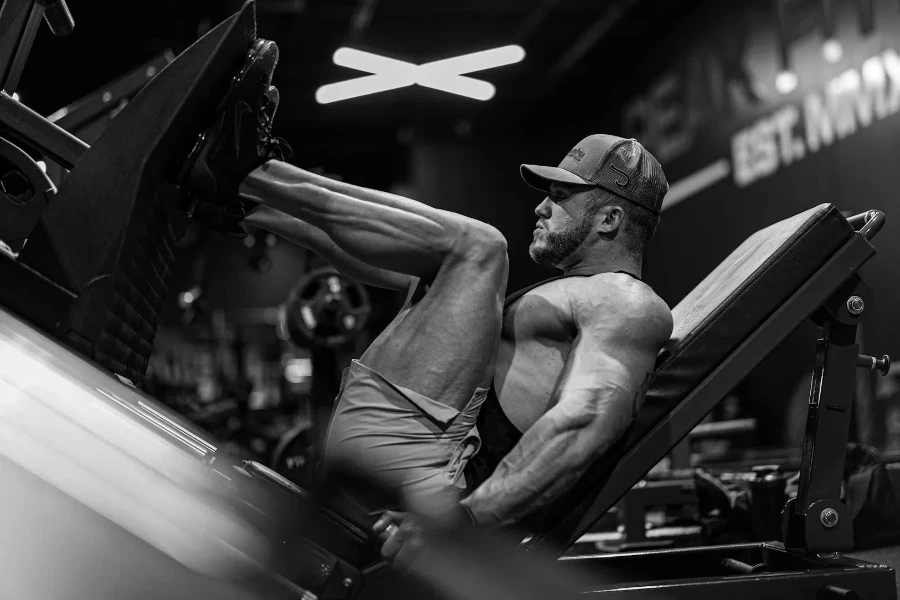
Safety is paramount when using any gym equipment, and the leg press machine is no exception. Starting with the correct posture, ensure your back is flat against the seat and your feet are firmly placed on the platform. The feet’s positioning should be shoulder-width apart, or slightly wider, to maintain balance and proper form throughout the exercise.
Adjusting the weight is also critical to using the leg press machine safely. Begin with a lighter load to focus on form and gradually increase the weight as you become more comfortable. This approach not only prevents injuries but also ensures a progressive increase in muscle strength and endurance.
Finally, the pace of the exercise plays a role in its safety and effectiveness. A slow, controlled movement during both the pressing and returning phases maximizes muscle engagement and minimizes the risk of strain. Paying attention to your body’s signals is also vital; if you experience any pain beyond normal muscle fatigue, it’s essential to stop and reassess your technique or the weight used.
Different variations of the leg press
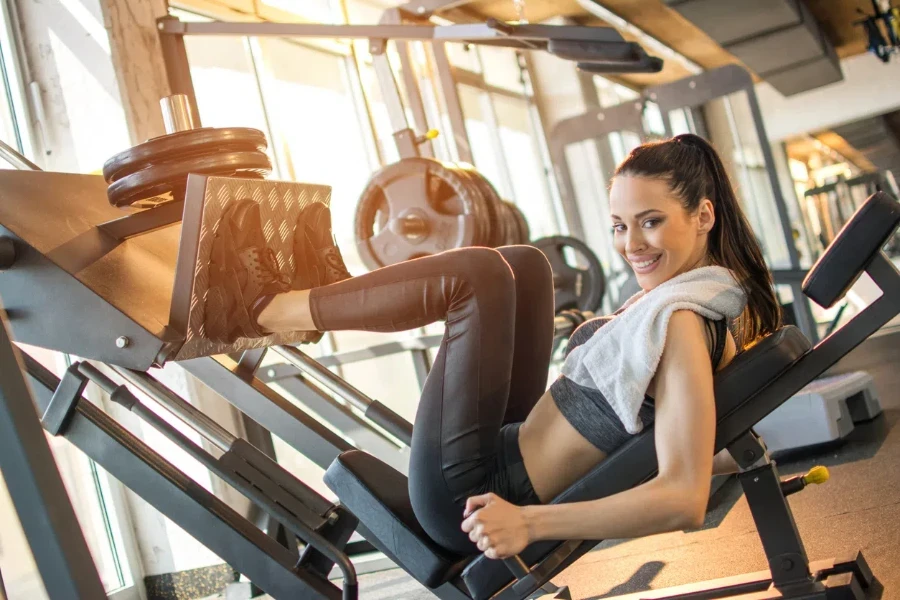
Variety is the spice of life, and this holds true for the leg press machine as well. Exploring different variations can prevent workout monotony and challenge your muscles in new ways. One popular variation is the single-leg press, which intensifies the workout for each leg, improving muscle imbalances and enhancing coordination.
Another variation involves changing the foot placement on the platform. Placing your feet higher targets the hamstrings and glutes more intensely, while a lower placement emphasizes the quadriceps. This simple adjustment allows for comprehensive lower body training, catering to specific fitness goals or areas needing improvement.
Additionally, incorporating tempo changes or pause reps can significantly alter the exercise’s intensity. Slowing down the movement or adding brief pauses at the bottom of the press increases time under tension, stimulating muscle growth and endurance.
Incorporating the leg press into your workout routine
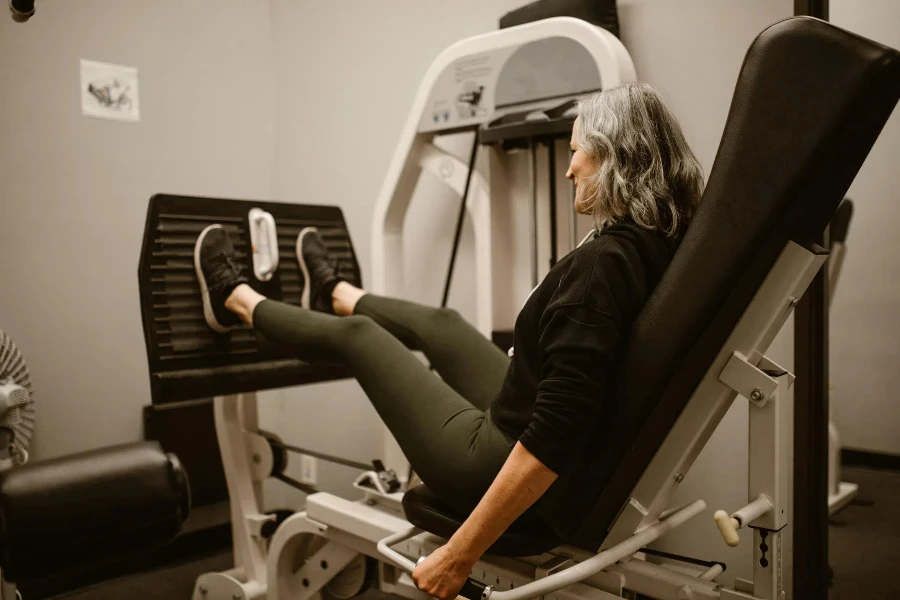
Integrating the leg press machine into your workout routine requires a strategic approach. For those focusing on strength, it’s beneficial to include it in leg days, possibly alternating with squats or deadlifts to cover all aspects of lower body strength. A typical recommendation is to perform three to four sets of eight to twelve reps, adjusting the weight to challenge the muscles adequately.
For individuals aiming for muscular endurance, higher reps with lighter weights can be more effective. This approach enhances stamina and resilience, preparing the muscles for prolonged activities or sports.
Moreover, the leg press can serve as a valuable tool for rehabilitation or gentle strengthening, especially after an injury. Under such circumstances, it’s crucial to work with a fitness professional to tailor the exercise to your specific needs and recovery stage.
Comparing the leg press with other lower body exercises
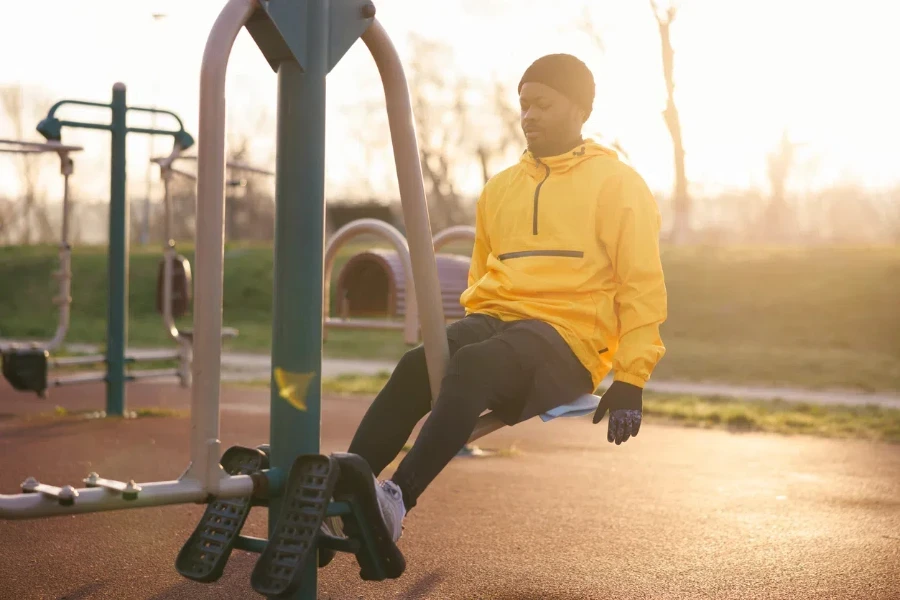
When evaluating the leg press in the context of other lower body exercises, it’s essential to consider your fitness goals, current level, and any physical limitations. The leg press excels in providing a safe, controlled environment for heavy lifting, making it ideal for those focused on building strength and muscle mass without the risk of free weights.
However, it’s also important to balance machine exercises with free weights or bodyweight movements to ensure a well-rounded fitness regimen. Exercises like squats and lunges offer more functional fitness benefits, improving balance, coordination, and engaging more muscle groups simultaneously.
In conclusion, the leg press machine is a versatile and effective tool for enhancing lower body strength, muscle tone, and overall fitness. By understanding its benefits, practicing safe usage, exploring variations, and thoughtfully incorporating it into your routine, you can maximize its potential. Remember, the key to a successful fitness journey is a balanced approach that includes a variety of exercises tailored to your unique goals and needs.
